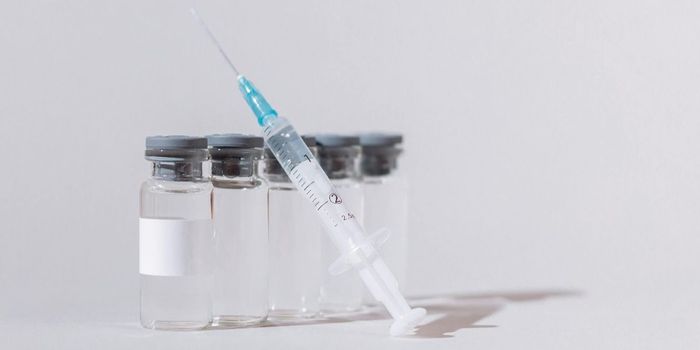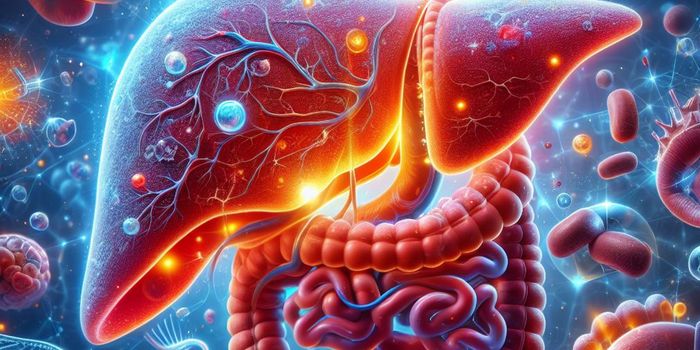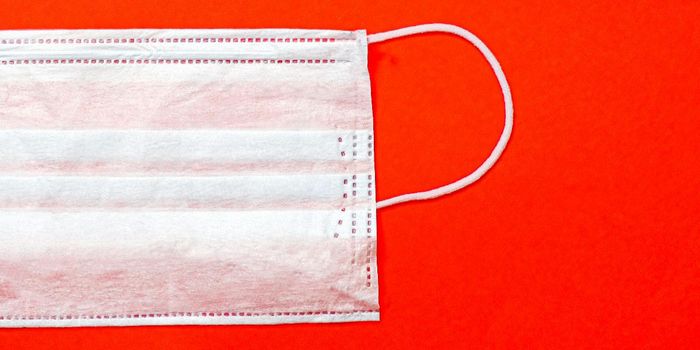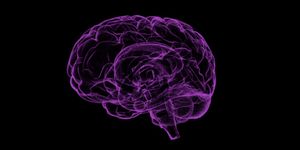Fishnet of Nanoparticles Traps Drug Molecules
‘Fishnet’ Nanoparticles Traps Drug Molecules
A team at Northwestern University have casted a net of nanoparticples from polymers to advance drug delivery methods.
"We use a polymer that forms a wide net throughout an aqueous solution," said Northwestern's Evan A. Scott, who led the study. "Then we induce the net to collapse. It collects anything within the solution, trapping therapeutics inside of nanogel delivery vehicles with very high efficiency."
"It works like a fishing net, which first spreads out due to electrostatic repulsion and then shrinks upon hydration to trap 'fish,'" added Fanfan Du, a postdoctoral fellow in Scott's laboratory.
The polymer net collapses into nanoscale hydrogels (or nanogels) that captures over 95% proteins, DNA, or small molecule-based drugs.
Learn more about nanoparticles:
"Clinical application of self-assembled nanoparticles has been limited by difficulties with scalability and with loading large or multiple therapeutics, especially proteins," Scott said. "We present a highly scalable mechanism that can stably load nearly any therapeutic molecule with high efficiency."
Findings were reported in the journal Nature Communications.
"Adding more water induces the network to collapse, leading to the formation of nanogels," Du said. "The manner in which water is added affects the PPSU chain formation, which changes the nanogels' size and structure."
Source: Science Daily








